The absence of something: Alberto Giacometti and Bruce Nauman pose fundamental questions in their reflection on the void.
The “nothing” is abstract. It is the opposite of being. A non-existence almost. Yet if we think of nothingness as a void, then this likewise implies a presence that is absent or remains hidden, has already been or is still expected, in any case something that is.
Nothingness is therefore by no means nothing. And when Alberto Giacometti and Bruce Nauman tackle the phenomenon of nothingness in their works, this should always be understood as an examination of the body that relates to this nothingness, with the space that surrounds it and with the subjective, physical, sensory ways of experiencing things that ultimately stem from the conditions of human existence.
Embracing the void
Hands holding the void / Now the void. The wordplay in the title of Giacometti’s bronze sculpture “L’objet invisible (Mains tenant le vide)” from 1934-35 indicates two different things. Firstly it relates directly to the sculpture itself. With a rigid gaze, wide-open eyes directed towards the void, a long, slender, life-size female figure appears to embrace the invisible object, the void, with her delicate hands. At the same time, the work marks a turning point in Giacometti’s oeuvre.
After tackling Surrealism and the avant-garde, the Swiss artist increasingly looked at phenomenological events, i.e. the connection of physical and sensory experiences. The human being, his movements, his existence in the space, both as an object of examination as well as a subject of experience, now played a more central role in his creativity. Here there is a parallel to Nauman, who uses the body as an instrument in his sculptures, performances and video works or likewise makes non-presence a topic.
The rooms are empty
This is likewise the case in “Lighted Center Piece” from 1967-68. Four intensely bright halogen lamps are trained on the center of an aluminum square. And what is on the stage illuminated by the spotlights? The void. Absence and presence, visible and invisible, sense and senselessness are recurring points of reference for Nauman. His rooms are empty, without reference, unspecific. The movements he makes in his video performances too are indeterminate, everyday, rhythmical.
They lose all sense in their excessive repetition. And when the exhibition visitors squeeze through a narrow corridor, the artist jumps up and down in a corner of the room or the same word is repeated over and over, it is not only movements that run into the void, but also language in its arbitrariness, stripped down to its fundamental randomness. In short, it reveals the absurdity of human existence.
The absurdity of existence
Four figures cloaked in monochrome shawls move within a square, head together towards a marking in the middle of the field, draw close to one another, then draw back once again and repeat the process over and over in a hypnotic choreography. Samuel Beckett’s television plays “Quad I” and “Quad II” from 1981 include elements that reference the art of Giacometti or Nauman, like the focus on movement sequences of the human body or reduced forms of representation.
In Beckett’s work too, nothingness famously plays an important role, both as an analogous void (in his fragmentary “Stories and Texts for Nothing” there are entire pages that remain empty) and in the form of repetitive processes that can be interpreted as metaphors for the absurdity of human existence. In “Texts for Nothing,” Beckett writes, “Where would I go, if I could go, what would I be, if I could be, what would I say, if I had a voice, who says this, saying it’s me?” Fundamental questions of being that can also be heard very clearly in Giacometti and Nauman’s work.
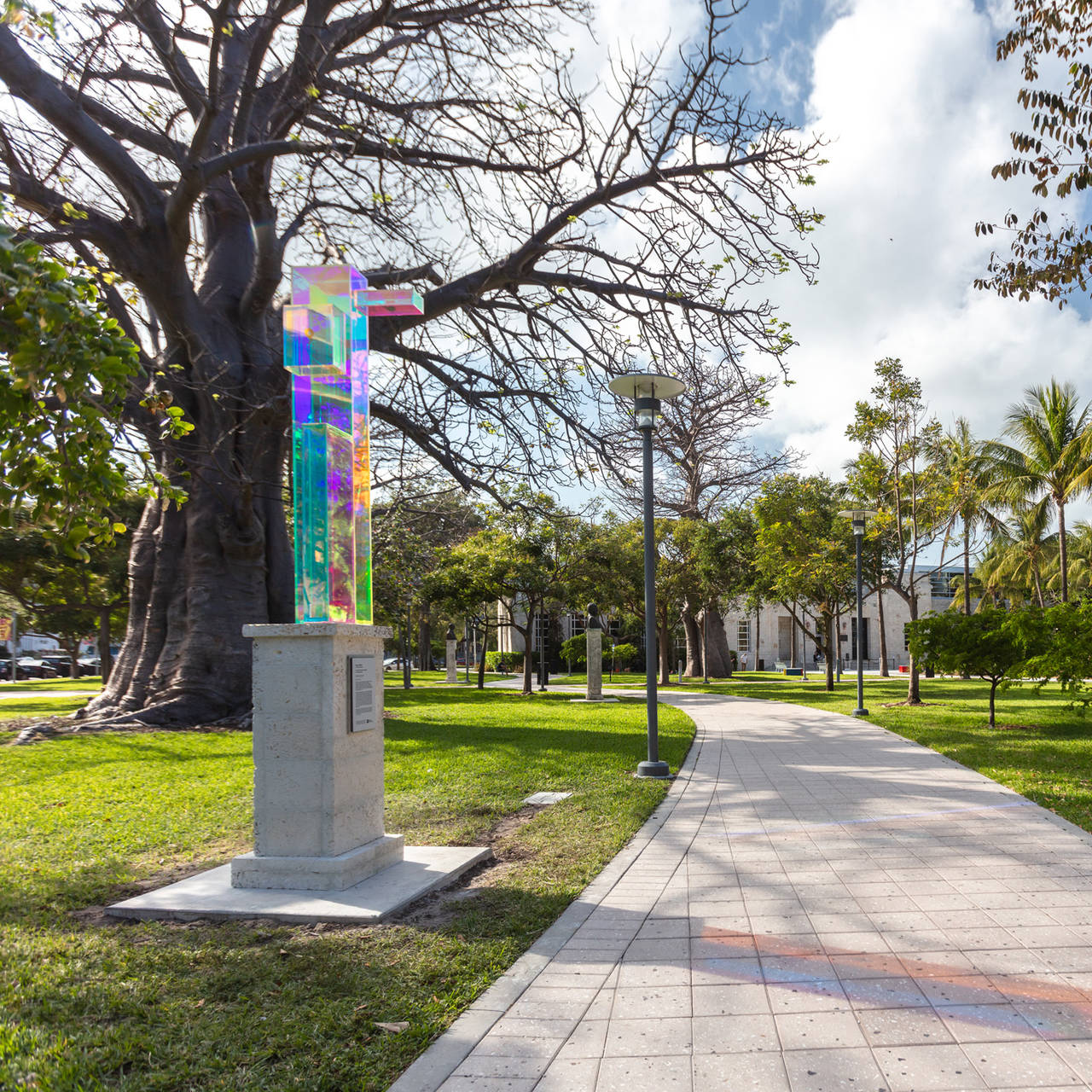
Motherhood and Art. A Somewhat Different Monument
Apart from depictions of the Madonna with child, mothers are rare pictorial motifs in art. An interview with artist Najja Moon, who has erected a...
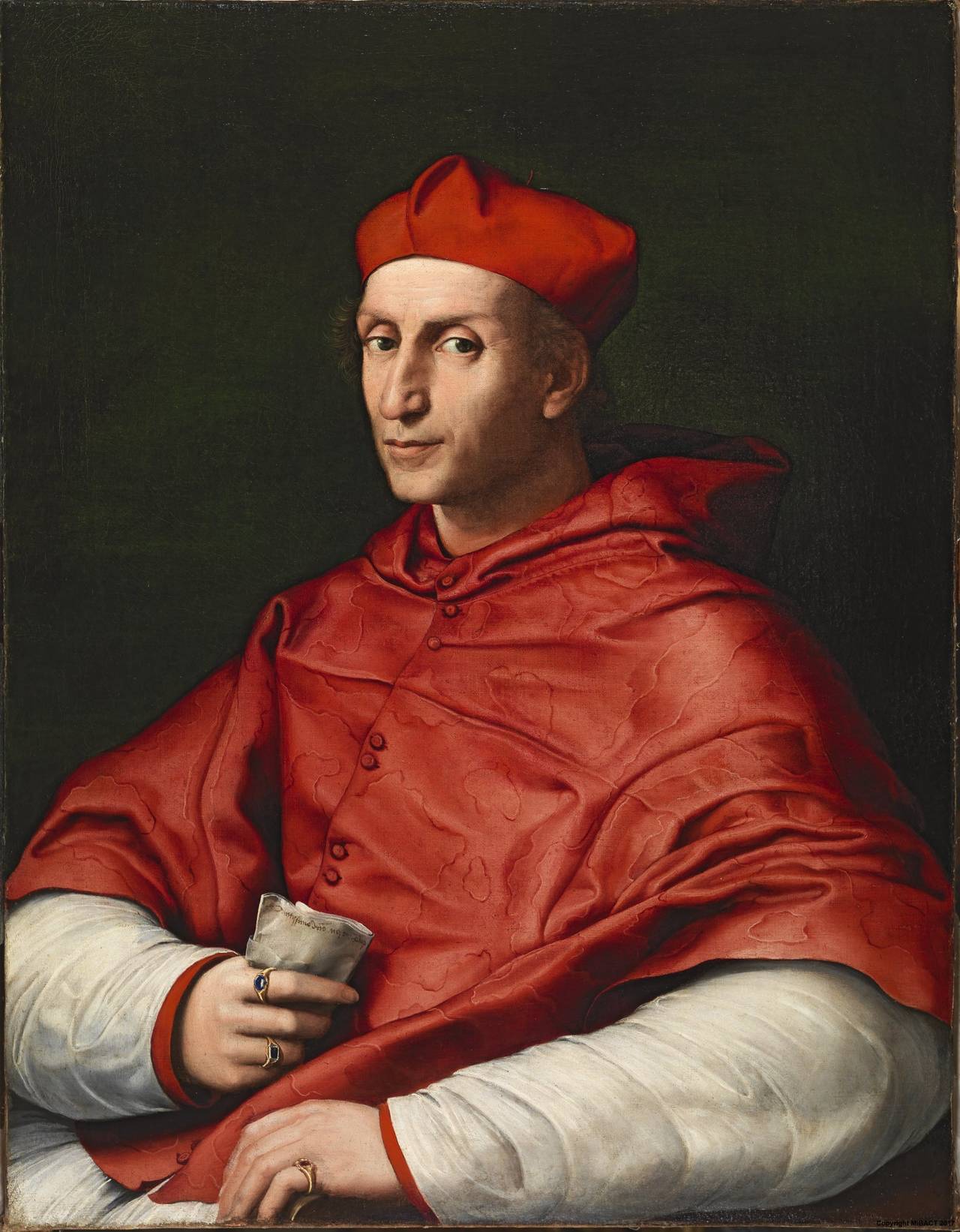
Seeing Red
Red is the color of love? Far from it. The pigments and shades are as varied as the manner the color red is used in art. Our Top Ten!
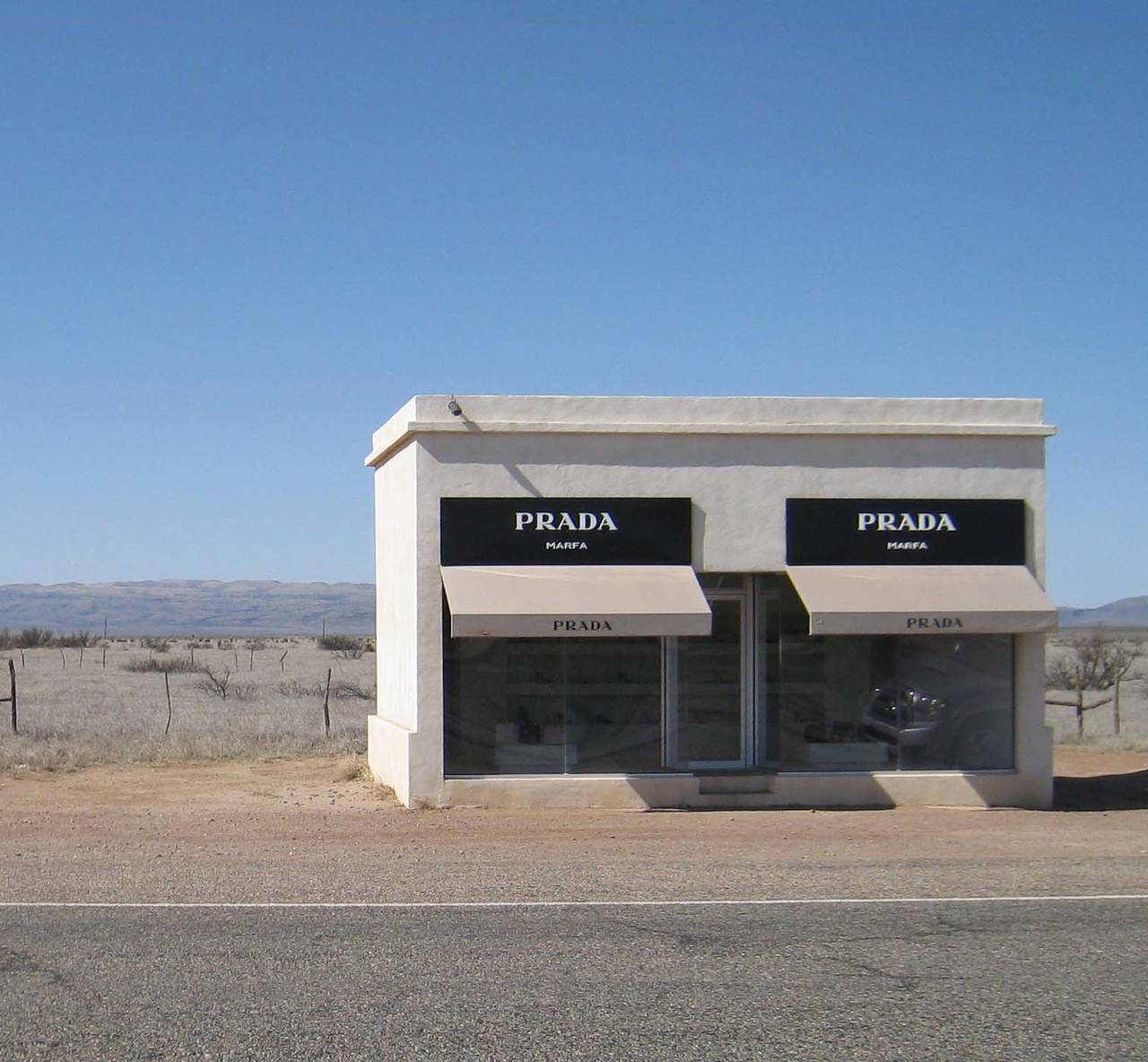
When nothing is as it seems
Just what constitutes a sculpture? Inspired by Gilbert & George, who first became “Living Sculpture” in 1969: 10 sculptures that are only recognizable...
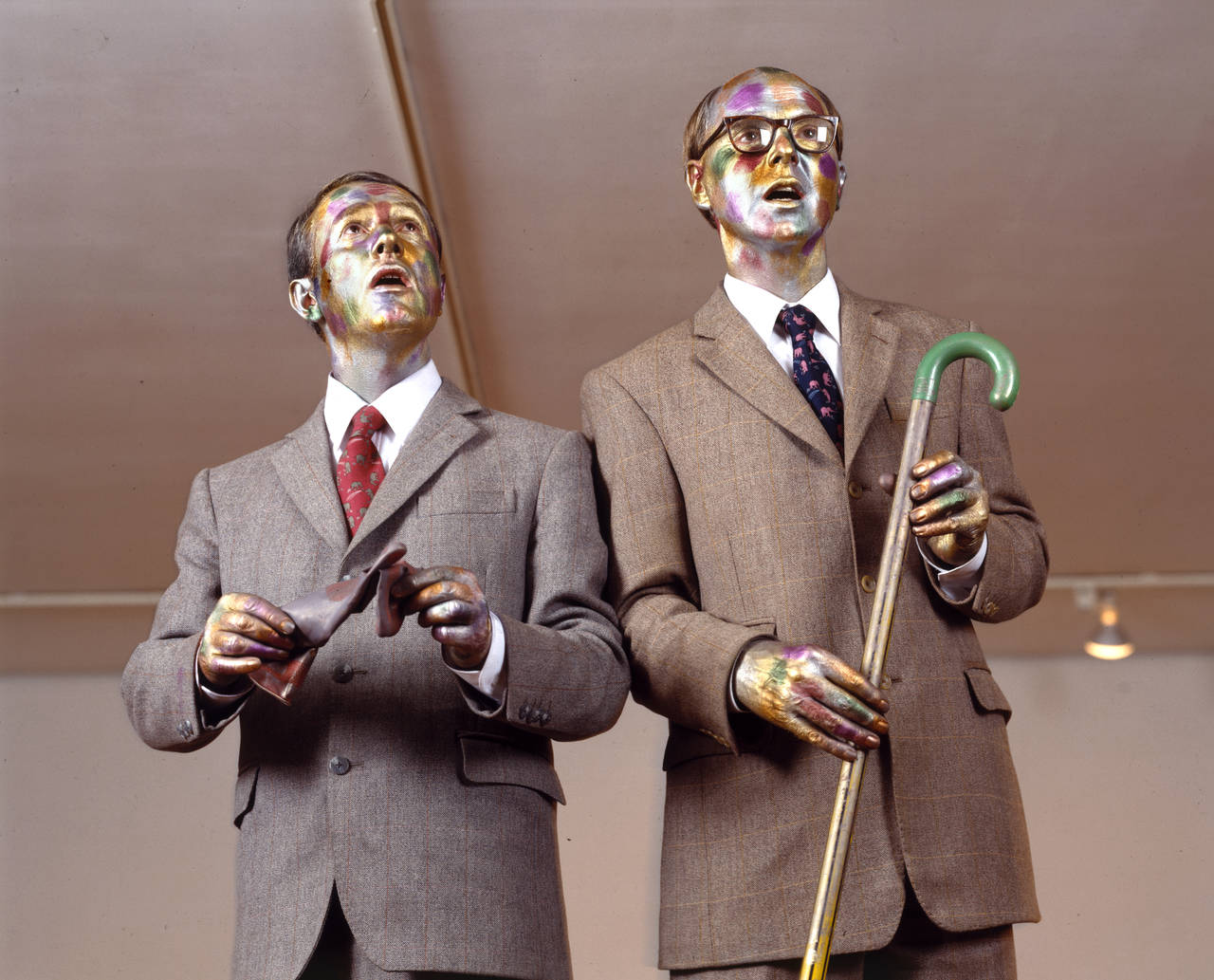
Torn from the plinth
When Gilbert & George first became a “Singing Sculpture” in 1969, it fell on fertile ground: In the years before, a group of artists had already...
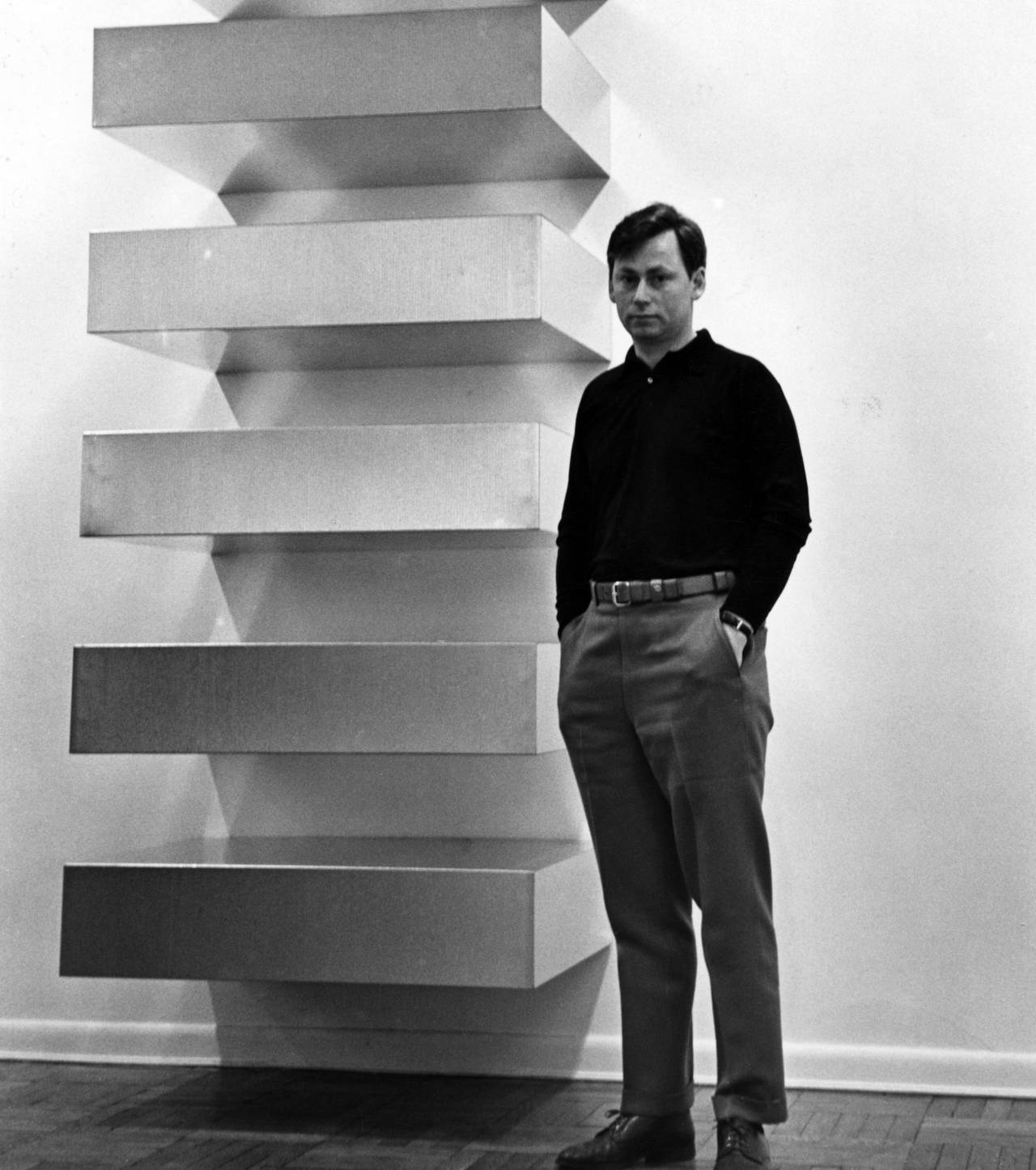
From Studio to Dining Table: Donald Judd
Are artists particularly creative when it comes to cooking? A look into the kitchens of the art world. This time with the American artist Donald Judd...
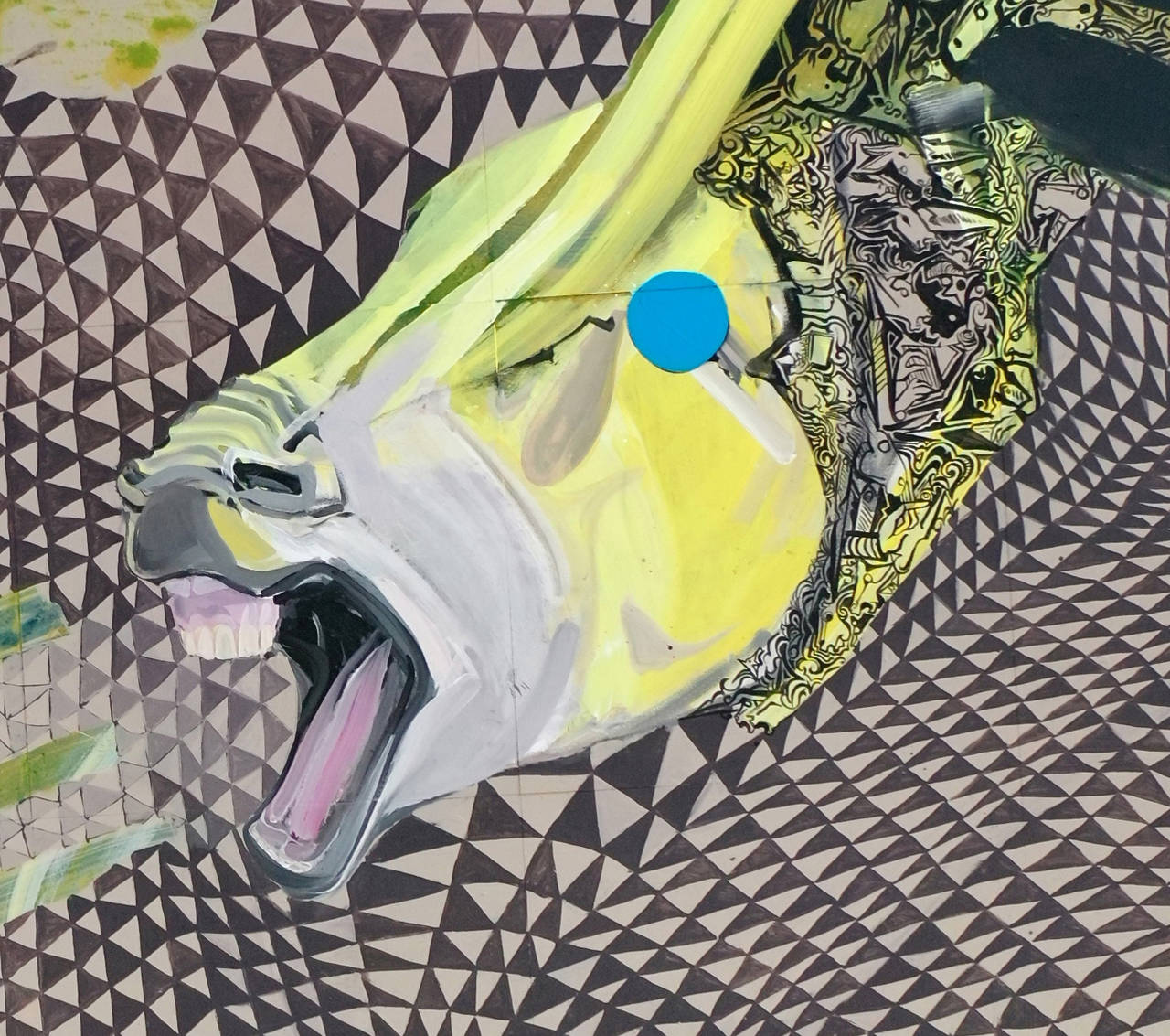
Living Well is the Best Revenge
The works of the artist trio Haerizadeh, Haerizadeh and Rahmanian are full of symbols and stories. The renowned author and professor Laura Marks on...